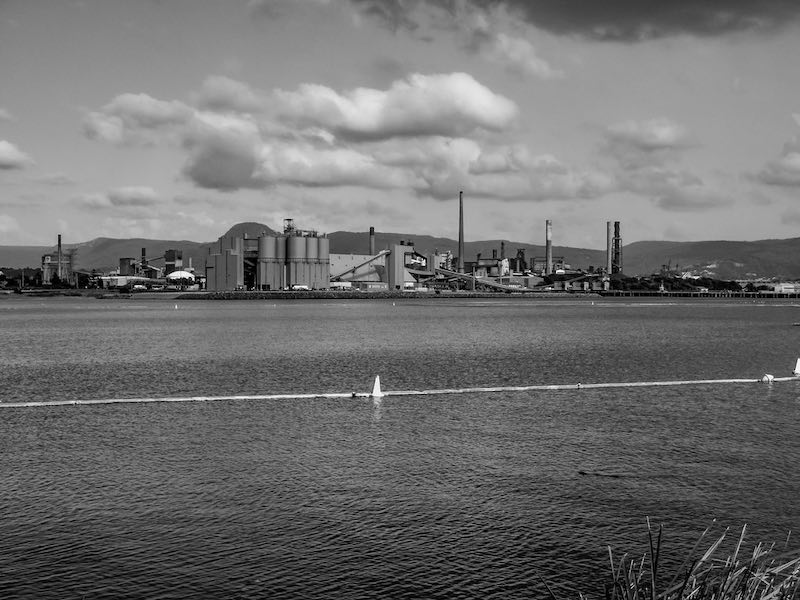

The local government of one Australia’s biggest regional cities – and the home to the country’s biggest steelworks operations – Wollongong City Council has agreed to target net zero emissions by 2030 for its own operations.
The Council voted unanimously in favour of the 2030 target on Monday night, and for the much more significant and ambitious target of zero emissions by 2050 for the entire local government area. The latter target will be reviewed in five years with a view to reducing the timeline from 2050 to 2030, in line with Council’s target.
For Wollongong, which hosts Bluescope’s Port Kembla steelworks, industry is by far and away the biggest contributor to the regional centre’s greenhouse gas emissions, at 70 per cent. Residential accounts for 25 per cent and council a tiny 5 per cent.
To meet the target for its own operations, Wollongong council says it will work to slash landfill emissions, which account for 85 per cent of the local government’s carbon footprint, including via plans to build a gas-to-power plant at the City’s Whytes Gully tip.
The Illawarra Mercury reports that the Wollongong Council has been negotiating directly with potential contractors to build a plant that would capture landfill gases and use them to make electricity at the facility.
“It is feasible to achieve (council-wide emissions) reductions of 50 per cent by 2030 by implementing landfill gas management systems,” a report to Council said in March.
Also under consideration is the development of a second 1MW renewable energy unit at Whytes Gully, the installation of solar panels across Council buildings and the adoption of “alternate fuel” vehicles, which council says could altogether deliver an 88 per cent reduction in emissions.
“Technological developments over the next 10 years will help Council reach 100 per cent,” a statement said.
Wollongong will also join the Cities Power Partnership Program, a network of local government organisations working together to transition to clean energy, administered by the Climate Council, to help meet its obligations under the Global Covenant of Mayors for Climate and Energy (GCoM).
“This target demonstrates leadership and supports Council’s recent recognition that we are in a State of Climate Emergency that requires urgent action by all levels of government,” said Wollongong lord mayor Councillor Gordon Bradbery.
“This is a science-derived target, submitted on behalf of the entire Wollongong community,” he said.
On the community-wide target of 2050, Bradbury said this much later date was settled on as “realistic and consistent” with targets set by other jurisdictions, including state governments.
“In order to leverage actions which yield the highest emission reductions, Council will work in partnership with major industry, business and the community, playing a leadership role,” he said.
Happily for Wollongong, UK billionaire Sanjeev Gupta has already demonstrated in the South Australia steel city of Whyalla that the greening of heavy industry is eminently doable, and promises many benefits beyond emissions reduction, such as huge grid power savings and new job creation.
Gupta, in May, received planning approval for the 280MW Cultana solar farm being developed by Simec Zen Energy Australia and financed through Gupta’s $1 billion fund to support the development of renewables and battery storage in the manufacturing heavy region.
Meanwhile, Council and local industry might gain some inspiration from the University of Wollongong, which some years ago won various accolades for transforming an iconic 1960s fibro house into a solar-powered, net-zero energy home.
More recently, researchers from UoW claim to have achieved a breakthrough in battery technology that could see sodium-sulfur batteries emerge as an attractive technology for large-scale renewable energy storage.
Elsewhere, out of Victoria’s Swinburne University, promising new research into the greening of steel production using concentrating solar was this week announced as the 2019 winner of the AMP Amplify Ignite competition.

Sophie is editor of One Step Off The Grid and deputy editor of its sister site, Renew Economy. Sophie has been writing about clean energy for more than a decade.



